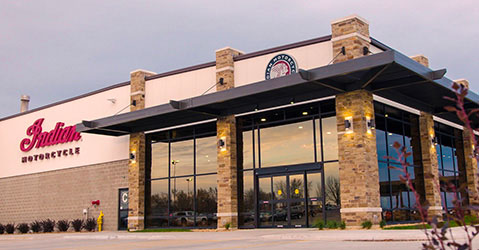
PŘÍBĚH LEGENDY
První americká motocyklová společnost
Dokonalost, postavená na odkazu prvních zakladatelů a průkopníků značky Indian Motorcycle.
Dokonalost, postavená na odkazu prvních zakladatelů a průkopníků značky Indian Motorcycle.
Detailní a působivý pohled do historie a současnosti značky Indian Motorcycle nabízí návštěva prostor Indian Motorcycle Experience Center, které se nachází vedle továrny ve Spirit Lake v Iowě. Uvnitř jsou vystaveny současné a historické motocykly Indian, dobové artefakty a pamětihodnosti a návštevníci zde mají možnost zakoupit exkluzivní tovární suvenýry. V době, kdy nejsou možné prohlídky výrobních prostor s průvodcem, mohou návštěvníci shlédnout krátkou videoprohlídku továrny. Indian Motorcycle Experience Center je otevřeno návštěvníkům každý den od pondělí do pátku kromě státních svátků od 8.00 do 15.00 hodin.
